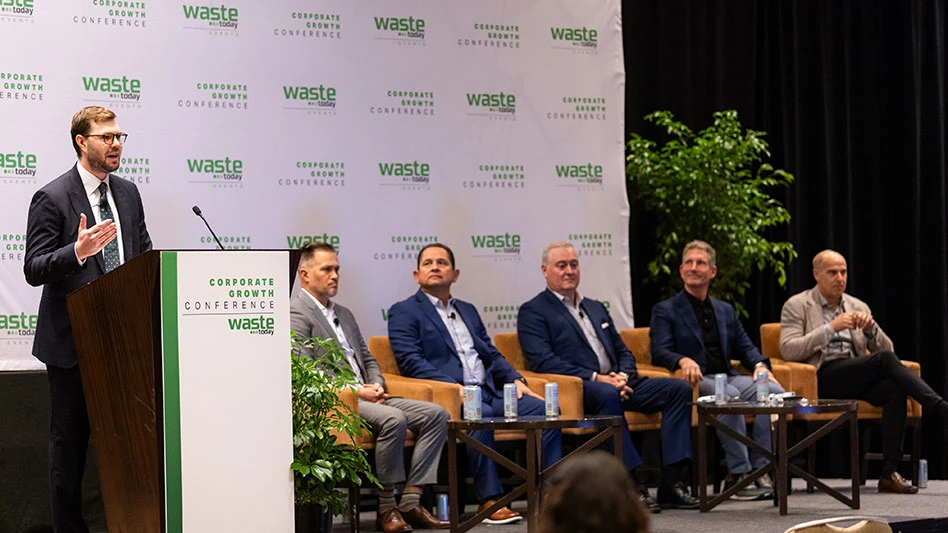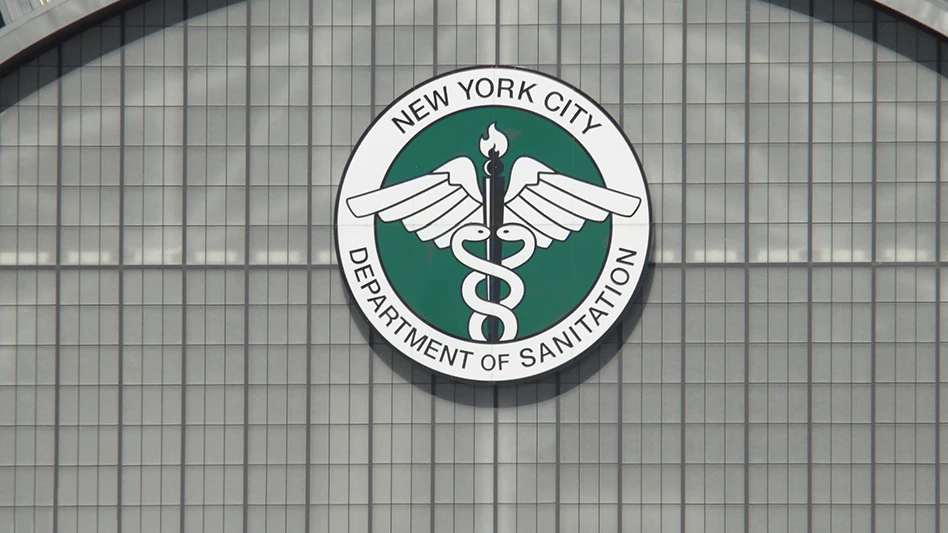
Picture the journey from the earliest days of organic waste collection to today’s cutting-edge recovery systems, such as the co-collection organic material recovery system in Quebec, an 80-ton-per-hour facility where advanced optical sorters identify purple bags filled with organics.
What began with single-source organics (SSO) collection has evolved through co-collection methods, leading to the current reality where mixed solid waste can be efficiently processed.The landscape of waste management, particularly in organic and mixed solid waste markets, has undergone a remarkable transformation over the years.
From rudimentary, community-driven efforts to sophisticated, industrial-scale operations, the evolution has been driven by technological advancements, government regulations and a growing public consciousness around environmental sustainability.
However, despite these advancements, significant challenges remain across the industry, particularly in states with abundant landfill capacity and low tipping fees, where the economic incentive to invest in organics recovery is understandably minimal.

Spectrum of approaches
The early days of organic waste management were characterized by a multitude of approaches, ranging from grassroots to heavy industrial. On one end of the spectrum, small-scale, community-driven programs emerged, focusing on local composting efforts.
These initiatives were often in-house or backyard endeavors, driven by a commitment to sustainability rather than monetary value. The compost produced had no commercial value and was used for individual purposes, serving as a conscious method to reduce waste and support environmental health.
On the other end, industrial processes tackled heavily contaminated organic material, relying on trommels or screens to separate contaminants before sending the waste to anaerobic digestion facilities to generate biogas.
This approach catered to the need for large-volume waste processing, focusing on efficiency over sustainability.
From grassroots to industrial
Over time, government legislation began to play a crucial role in shaping the organic waste landscape. Driven by the urgent need to address environmental concerns, governments introduced regulations emphasizing organic recovery.
The primary motivators included reducing methane emissions from landfills, promoting resource recovery in line with circular economy principles, managing waste sustainably and meeting international climate commitments.
However, despite some legislation, most states across the U.S. still lack comprehensive mandates for organics recycling. As a result, full-scale industrial systems are often city or county initiatives rather than statewide programs. For instance, in states with high landfill capacity and low tipping fees, operators often see more value in landfilling waste and capturing the gas generated from landfills rather than investing in organics recovery.
“Organics recovery is not just a trend—it’s an inevitable part of the future of waste management.”
Technological advancements
The evolution of sorting equipment and processes has been a game-changer in the organic waste market. In the past, screening was the first step in the process, often leaving contaminants in the compost.
Today, advanced screening techniques combined with heavy-light separation technology significantly have improved the quality of the final product.
Contaminants like glass, plastic film, stones and certain paper types are efficiently removed, resulting in a cleaner, higher-grade compost.
The recognition of facilities like Recology’s Ostrom Organics, which was one of the winners of the National Waste & Recycling Association’s 2023 Organics Management Facility of the Year Award, is a testament to these advances.
The San Francisco-based company’s Ostrom Organics compost facility, known colloquially as ROO, which accepts up to 250 tons of mixed organics daily, has become a crucial player in northern California’s long-term management of organic material.
Since its opening in 2020, ROO has processed more than 200,000 tons of organic material, producing more than 120,000 yards of compost.
Another significant advancement is the ability to process organic waste in diverse climates. Composting was once limited to warmer regions, but modern technologies have made it possible to operate in colder climates, expanding the reach and impact of organics recovery.
Additionally, the industry has found new ways to repurpose materials like wood, which is now separated from organic waste, ground up and used as mulch. These innovations not only enhance the efficiency of waste processing but also contribute to resource recovery and sustainability efforts.

Scaling to the future
An example of this greater impact is the co-collection organic material recovery system in Quebec, completed by Machinex in 2022.
Residents place their organic material in designated purple bags, which are then combined with the remainder of household waste in a single container.
The new system efficiently separates these bags from the rest of the residential waste, recovering the organic material placed in the bags. This material is then processed to produce biomethanization gas, while the remaining slurry is converted into compost.
This system demonstrates how organic material can be transformed into the two valuable products of gas and compost, maximizing resource recovery.
Despite these advancements, contamination remains a major obstacle. Consumer awareness and behavior are crucial in ensuring the quality of the compost produced. While technology has made significant strides, it still has limitations, and the human element remains vital in the fight against contamination.
As with just about every facet of recovery or recycling, educating the general public is necessary to help them understand how to best handle waste before placing it on the curb.
As the organics recycling industry continues to grow, the relationship between technology, investment and environmental impact becomes increasingly clear.
Higher investments lead to more advanced sorting equipment, which enables facilities to process greater volumes of material with higher throughput. This cycle drives the waste industry toward more sustainable practices, greater resource recovery and a cleaner environment.
One of the significant barriers to the widespread adoption of full-scale organic waste processing facilities has been the historically low value of the compost produced, which has limited financial returns. This means companies have tended to favor the use of mobile equipment and makeshift systems over more sophisticated, stationary systems requiring higher upfront investments.
However, as the evolution of sorting equipment, technology and processes has shown, the industry is poised for continued advancement.
The potential for organics recovery is enormous, and with broader legislative support and increased consumer engagement, the value of compost and other recovered materials can be unlocked, driving further investment in technologies.
Organics recovery is not just a trend—it’s an inevitable part of the future of waste management. The industry must be ready to embrace this shift, as those who innovate now will lead the way in creating a more sustainable and resource-efficient world.

Explore the October 2024 Issue
Check out more from this issue and find your next story to read.
Latest from Waste Today
- Hawaiian county selects landfill site
- CAA submits final draft program plan in Oregon
- Washington city adds organics collection to waste service
- Aspen Waste Systems expands into Denver-metro market
- NYSAR3 seeks respondents to commercial recycling survey
- Aemitis AD system goes online
- Liebherr breaks ground on logistics center
- Rubicon appoints new CFO





